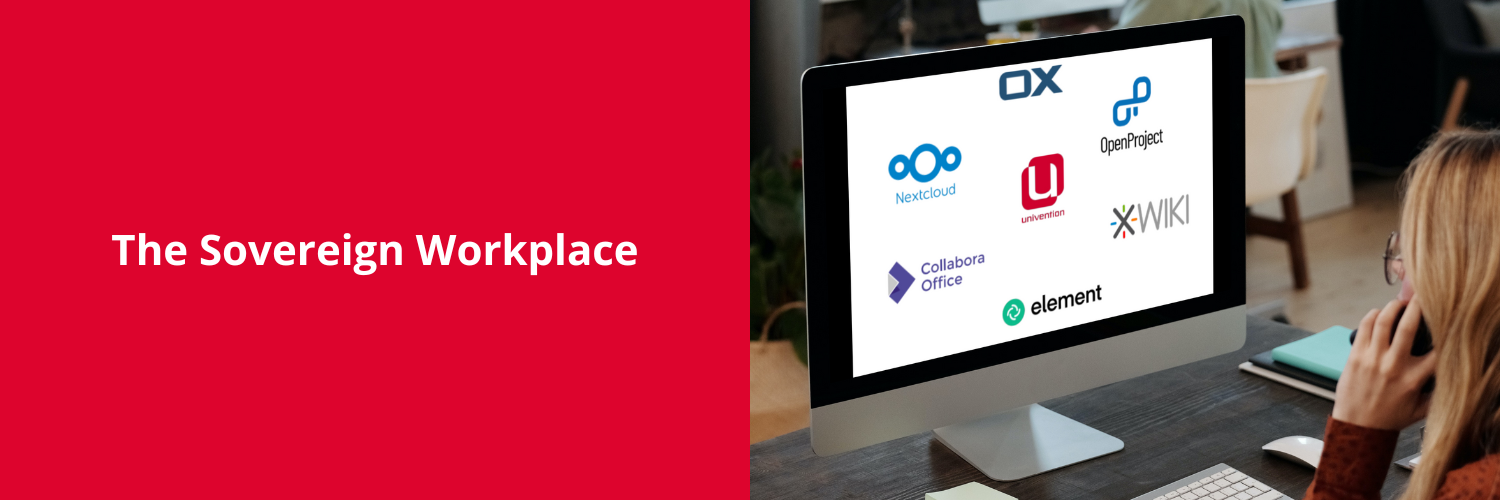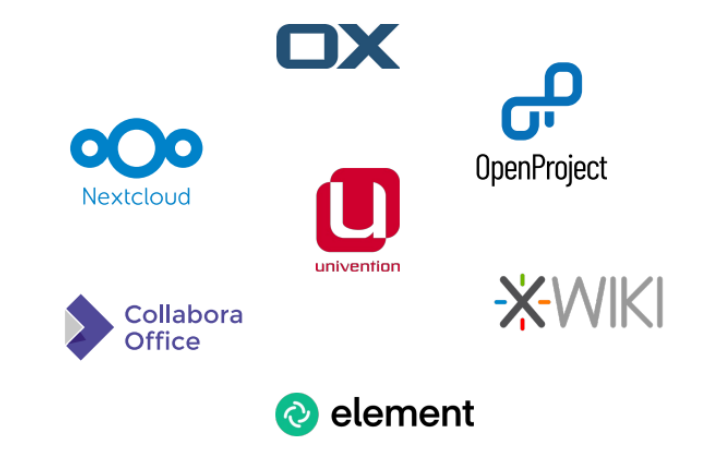When we think of the administration in Germany in the context of digitalization, we often hear terms like “slow”, “outdated”, “backward” or “analog”. In comparison to other European countries, the administration is not up to date, has to catch up, act faster and finally become more digital. However, our public administration is in many areas no longer as dusty as its image suggests, but it is already very modern.
Table of Contents
Digital Sovereignty in the Public Sector
In Germany, digital sovereignty plays for good reasons a particularly important role in digitalization. This is demonstrated, among other examples, by the development of the German administration’s cloud strategy or the lighthouse project “Center for Digital Sovereignty of Public Administration” (ZenDiS). The publicy available documents on this projects describes exactly the reasons Open Source strategy is being used.
If you are interested, you can learn more about this in Andreas Reckert-Lodde’s keynote (in German) at Univention Summit 2022. No less exciting is “Open CoDE”, the open source platform of the public administration, on which anyone can register and follow what is currently happening in the administration in matter of Open Source. Nevertheless, the highlight of digital sovereignty in public administration is and remains the sovereign workplace.
The Sovereign Workplace
A modern Open Source Software (OSS)-based workplace for public administration – that is exactly what the Sovereign Workplace is. OSS is needed to enable organizations or individuals to securely determine who can access their own data, under what conditions, with what software and for what purpose (see OSBA definition).
Despite this, there are still a lot of prejudices that persist. OSS is “fiddly”, not visually appealing and less efficient than proprietary software. Moreover, there is a general resistance to change, large or small, in the workplace, which is just as challenging as the skepticism about OSS that some still have to overcome.
The Sovereign Workplace should be visually appealing, highly integrated, reliable, and “as if made from one piece”. Such expectations can be met if the existing progress in public administration (modern, digital) and the use of proven OSS are taken into account. The German Federal Ministry of the Interior (Bundesministerium des Innern, BMI) has set the framework for this, including that all components must be open source, barrier-free, conform to the basic protection, and published on OpenCoDE.
In addition, each component of the Sovereign Workplace must be interchangeable to avoid vendor lock-in (barriers that make it difficult for customers to switch to another vendor or product).

Our vision: How we can achieve digital sovereignty.
Sovereign Workplace Facts and Figures
- Roll-out of a productive version until end of 2023
- Project involvement: more than 100 people involved and growing (BMI, Dataport and OSS vendors continuously recruit new employees to participate in the project)
- Project progress: seven major software products are currently being integrated (target is nine products), Prototype 1 is already completed and Sovereign Workplace components are already being used in the project
- Project goal: We are approaching the short project duration of 16 months and the ambitious goal of integrating nine major software products with efficient communication, openness and respect. This is a good foundation for a project as important and promising as the Sovereign Workplace.
Components of the Sovereign Workplace
The Sovereign Workplace can only be realized in such a short time because it is based on the Phoenix project launched by Dataport in 2020 and uses the know-how developed there and the components and technologies used there to a very large extent. The workplace consists of several software components, starting with Open-Xchange (OX), a web-based software suite for communication, collaboration and productivity. OX is currently available in version 7.10.x. The new enhanced version 8.0 will follow soon. Another highlight is Nextcloud, a suite of client-server software for creating and using file hosting services. It is highly integrated, allowing, for example, e-mail attachments to be selected and sent both locally from the computer and directly from the cloud.
In addition to OX and Nextcloud, xWiki, Collabora Office and element stand out as important components. Collabora Office has been developed further, especially in terms of compatibility, and element, as a highly integrated chat or communication layer, successfully combines many functions in one application (chat rooms, video conferences, telephone calls, whiteboards, document editing in teams, etc.).
My personal highlight – apart from Univention Corporate Server (UCS) and Identity Access Management (IAM) in the background – is OpenProject. This is an OSS that I work with on a daily basis and which is already being used to manage the Sovereign Workplace project.
With the above-mentioned, well-established components and a team of open source enthusiasts, nothing stands in the way of a successful project implementation and fulfillment of expectations for Sovereign Workplace. On the contrary, everything is in place and everything is being done to make the digitalization of public administration fast, secure and transparent. Nothing is dusty anymore.

